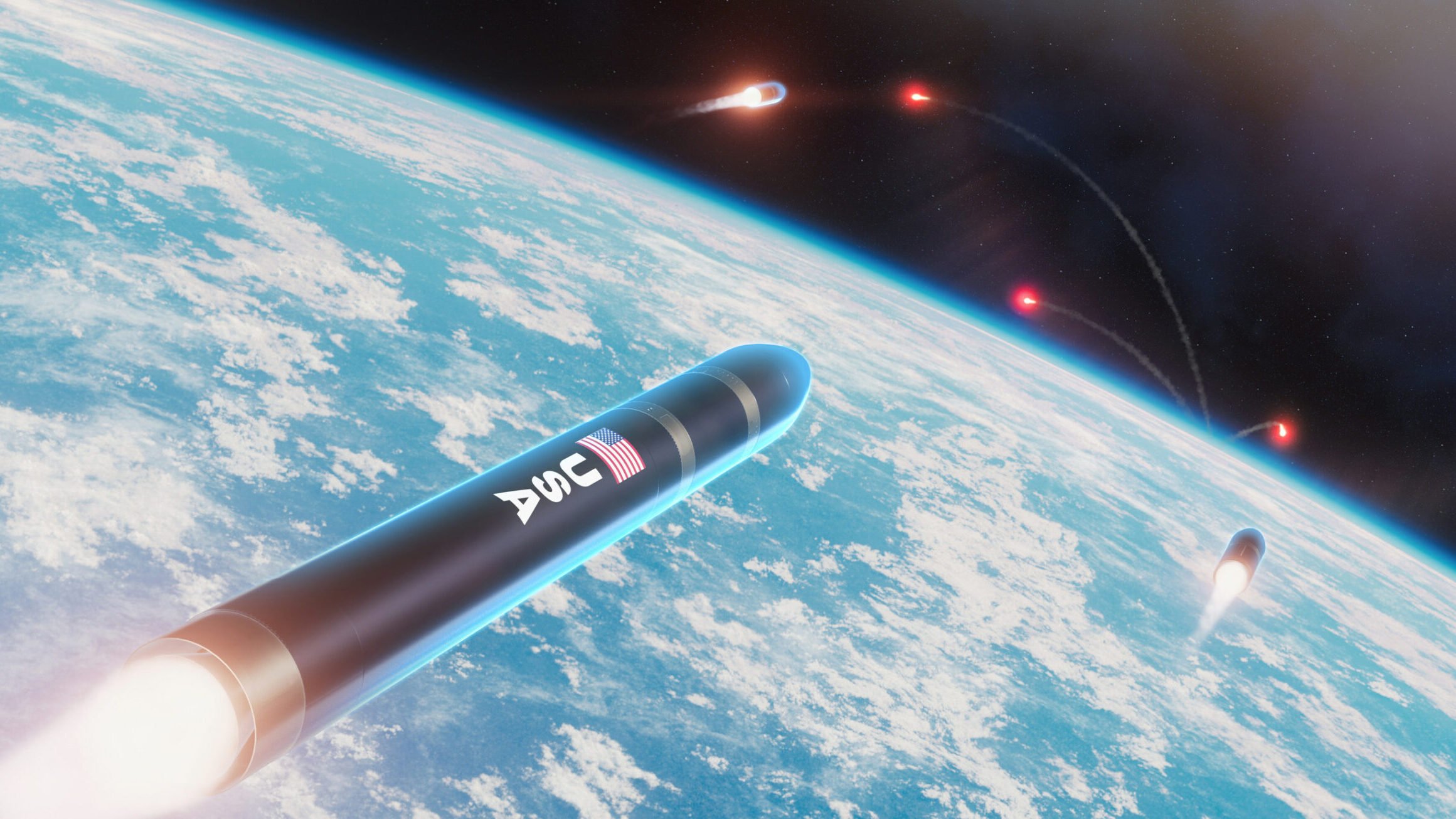
Artist rendering of NGI in flight. (Lockheed Martin)
WASHINGTON — Lockheed Martin took a $100 million loss on a classified program inside its missiles and fire control unit and could rack up an additional $225 million in losses by the end of the year, executives said today.
Regulatory filings that will be available later today will state that the world’s largest defense contractor could incur in excess of $1 billion in potential losses on this program, Lockheed Chief Financial Officer Jay Malave told analysts during an earnings call today.
However, CEO Jim Taiclet characterized the program as a long-running franchise that will deliver a strong return on investment after going through a period of teething pains.
“For a quarter for the year, maybe for a couple of years, we’re going to absorb the loss,” but afterwards “it’s going to be significantly positive,” he said.
Malave said factors such as “technical milestone achievement through the balance of the year, discussions with our customers [and] visibility of funding” could all impact the size and timing of future losses, but that the company currently expects the program to become profitable on an annual basis around the 2028 timeframe.
The loss contributed an 18 percent decrease in profits in the company’s missiles and fire control segment compared to the same period last year, executives said. Overall, however, Lockheed’s net sales grew from $15.1 billion in the first quarter of 2023 to $17.1 billion this year, led by about 25 percent sales growth in missiles and fire control.
News of the classified program loss comes on the heels of a major win on the Next Generation Interceptor program by Lockheed’s space unit, which beat out Northrop Grumman. The Missile Defense Agency announced its decision about a year earlier than expected, citing budget constraints and the data it has collected from both vendors so far as the reasons for the early selection.
Taiclet attributed Lockheed’s win on the program to its ongoing digital transformation initiative, in which the company is investing about $6 billion over a decade to transition Lockheed to using model-based engineering and other advanced design and manufacturing technologies.
NGI was tapped as one of the initial “pathfinders” for such technologies, which helped “accelerate the schedule and contain the cost of the development and ultimately production,” he said. “I think because of our speed and our ability to demonstrate manageable cost over time, we won and kind of won early.”
Due to the earlier-than-expected selection, Lockheed continues to develop NGI using funds from a contract previously awarded in 2021.
However, the company was required to provide pricing for several different contract structures, including both a cost-plus contract and a fixed-price incentive structure that would shift more risk to the company, Malave said.
The US government has yet to indicate which path it will choose for its future NGI contract, but neither of the options Lockheed provided were based on an aggressive bidding strategy, Malave said. “We’ve taken a middle of the road approach to our pricing and this is no different.”
Taiclet added that a fixed price approach would incur “a risk premium that’s significantly higher” than those in a cost-plus contract to mitigate the chance of future losses.
TAI exec claims 20 Turkish KAAN fighters to be delivered in 2028
Temel Kotil, TAI’s general manager, claimed that the domestically-produced Turkish jet will outperform the F-35 Joint Strike Fighter.


























